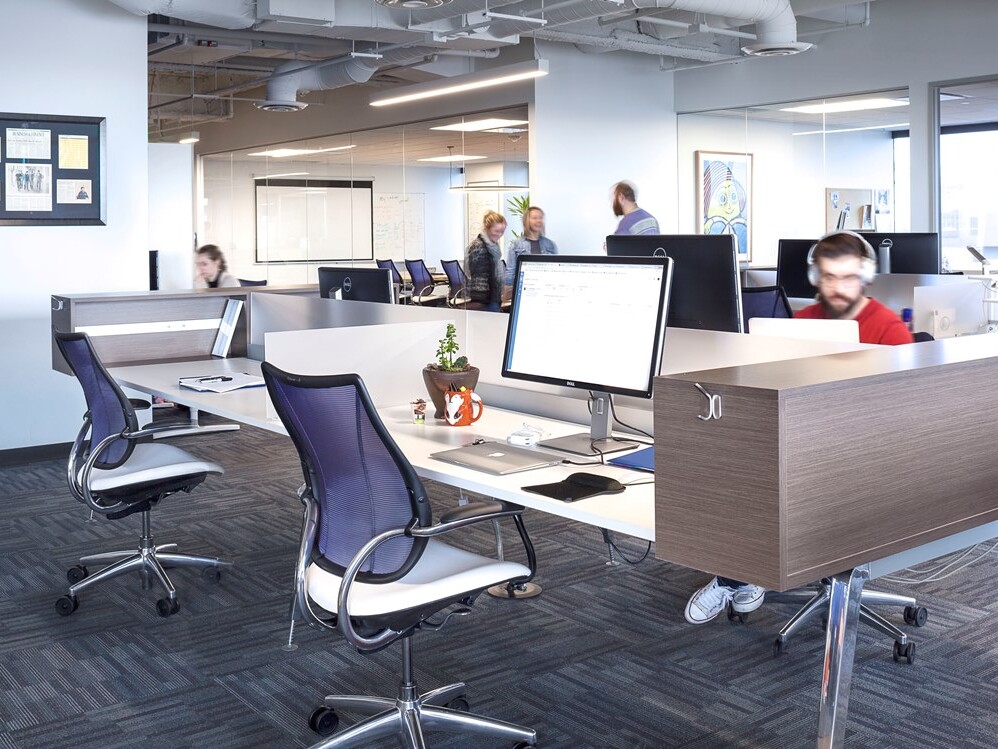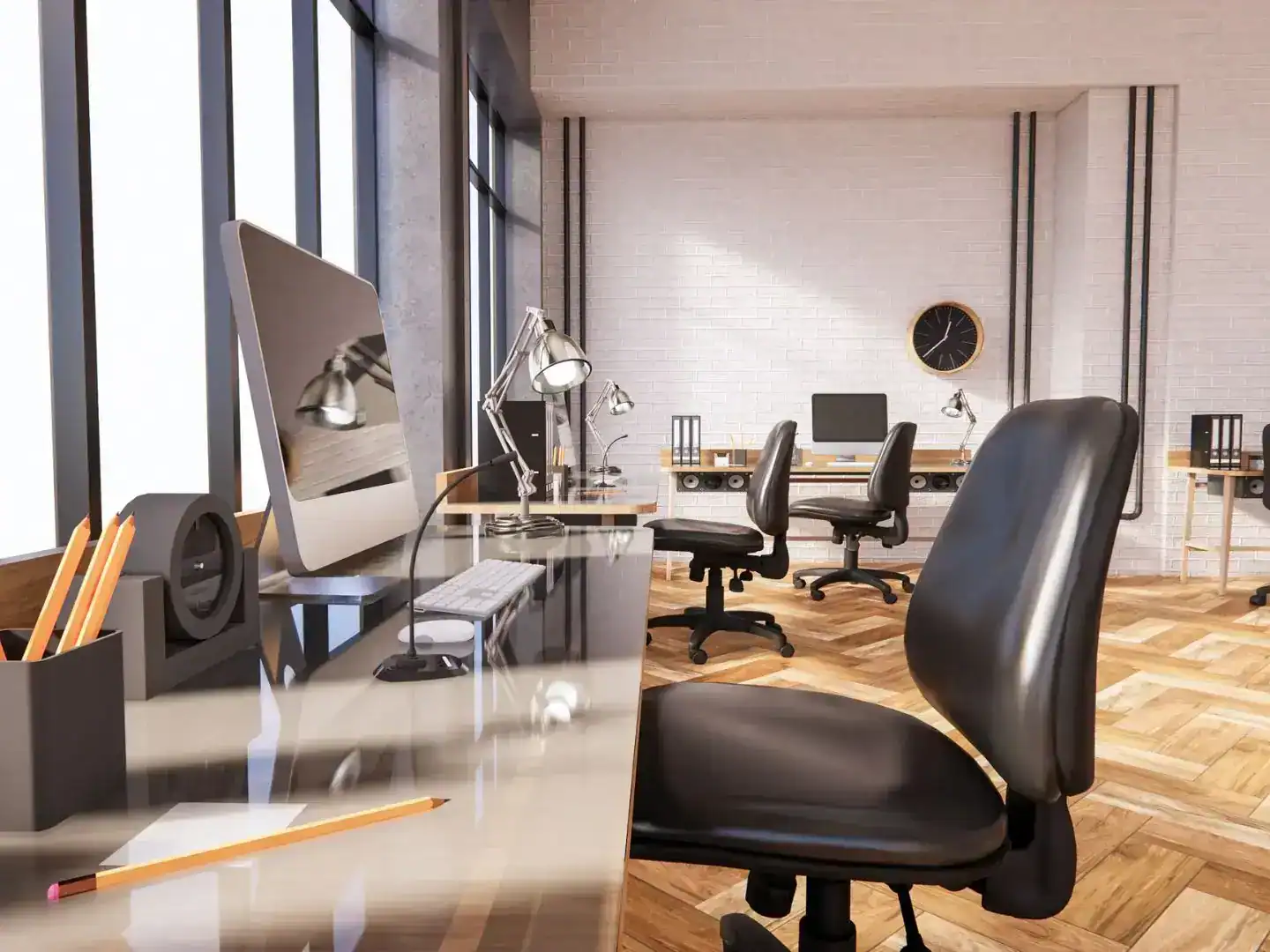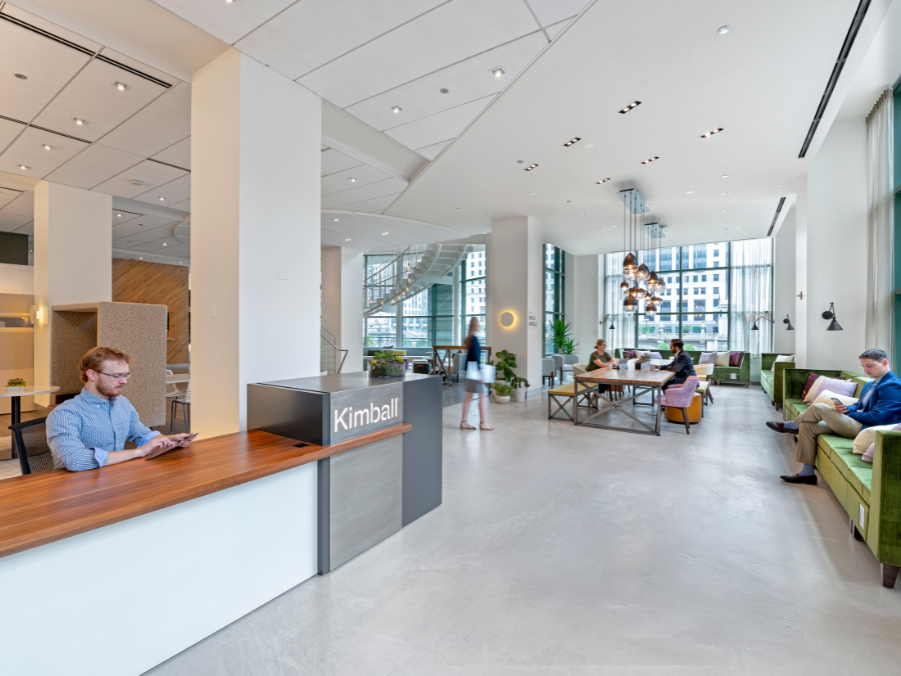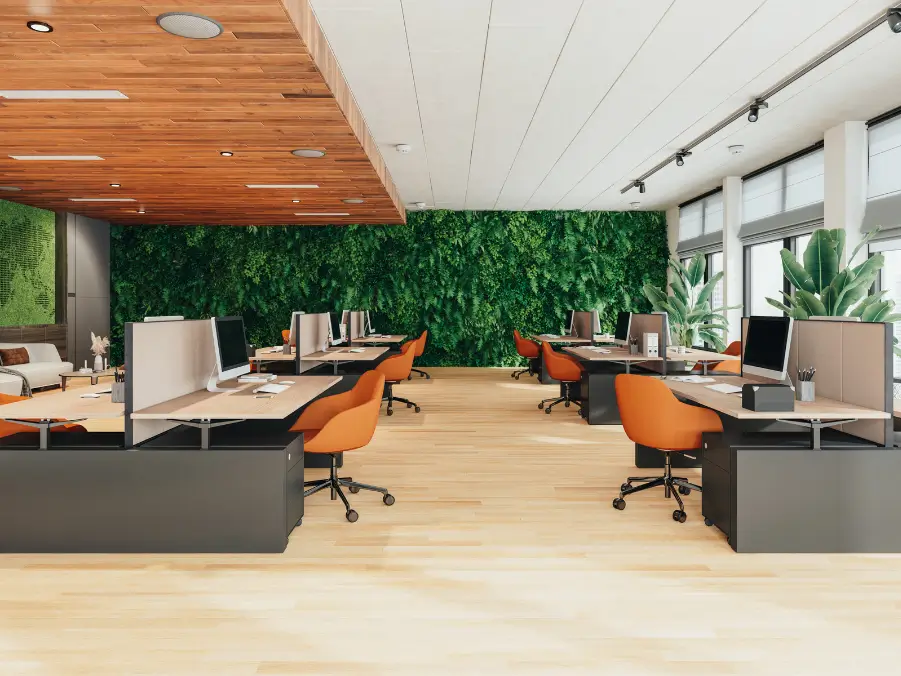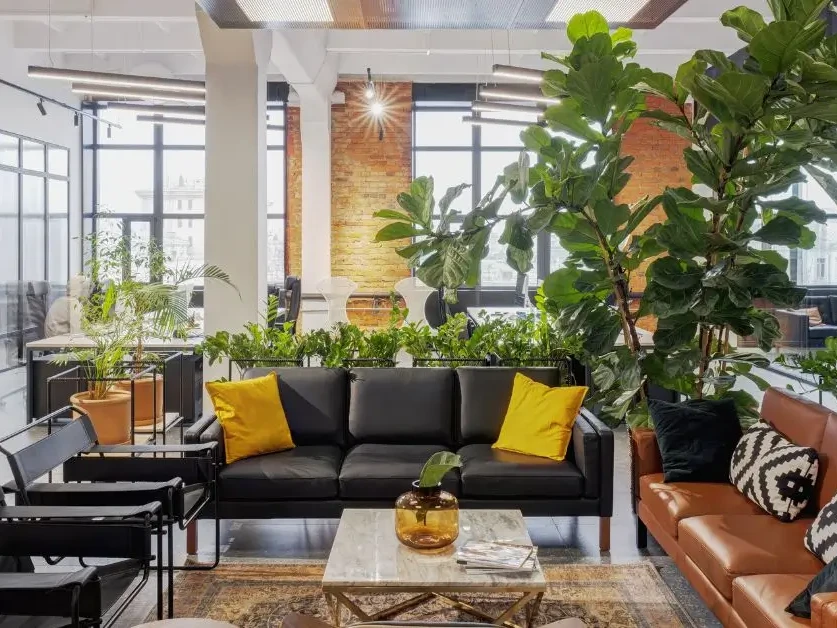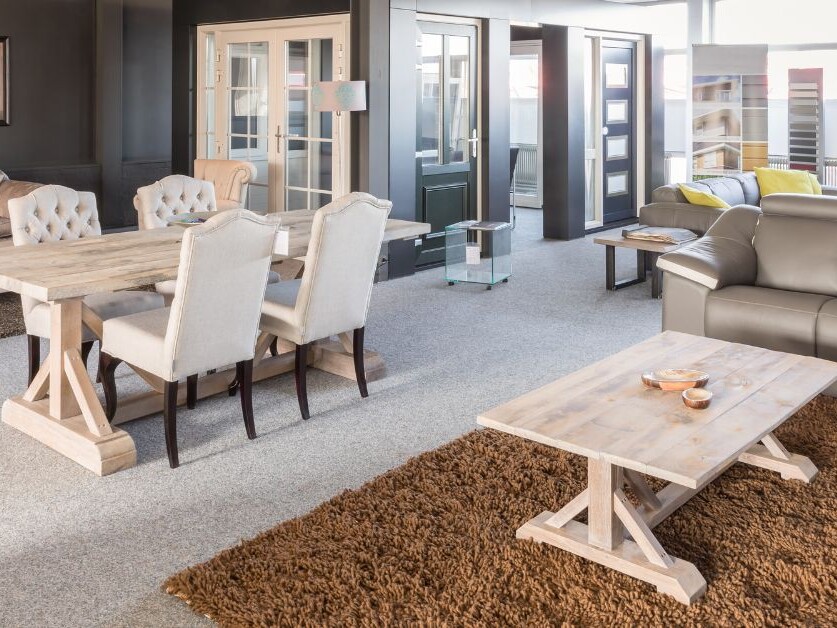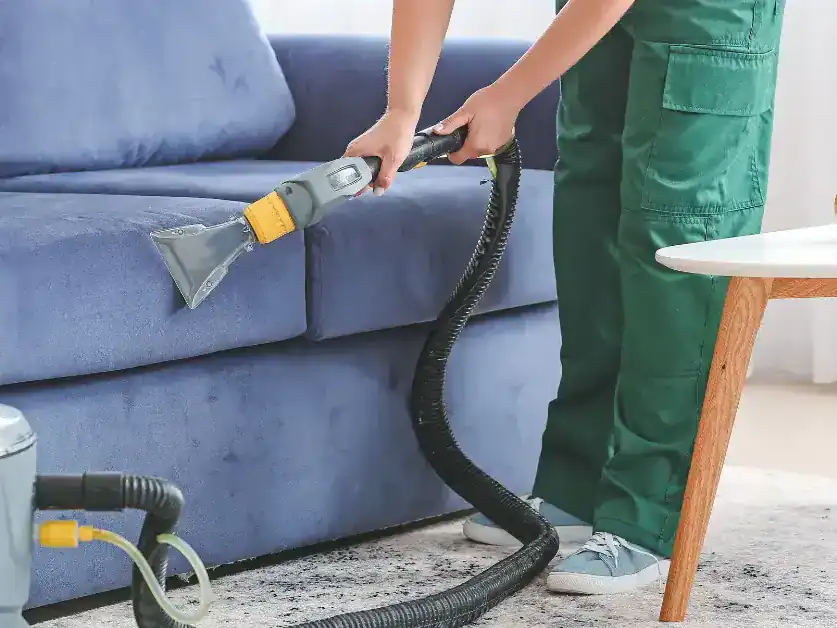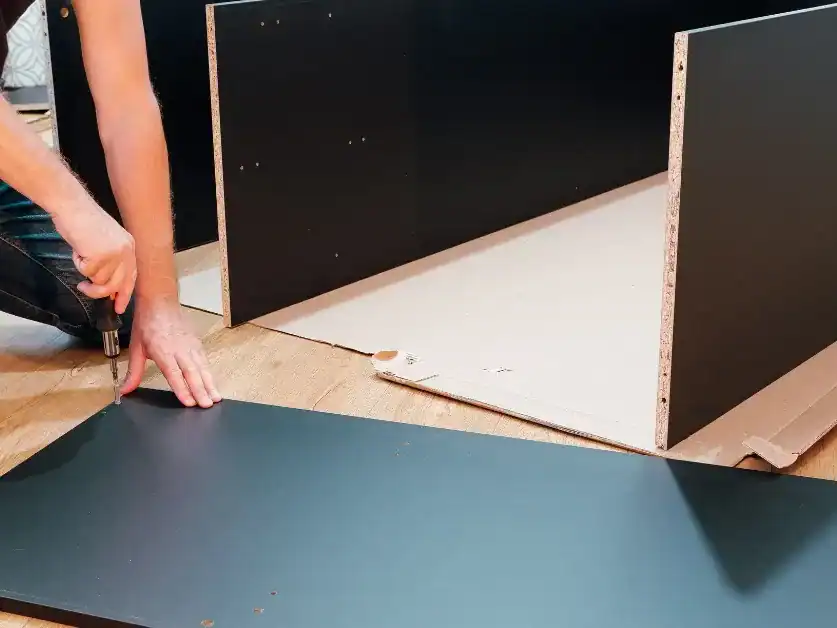Dining at restaurants is a great way to support the local economy and break out of a social distancing rut. However, the restaurant scene looks a little different in light of social distancing requirements. Commercial interior designers have tried to maintain a fun and hospitable atmosphere while ensuring that seating guidelines are upheld. Here’s how local restaurants are adhering to social distancing concerns through seating arrangements.
Outdoor Patios
Stroll through any downtown area and you’ll notice that restaurants, bars, and cafés have placed many of their interior tables outside. Parking spaces have been converted to extended patios and picnic tables appear where previously there was limited seating.
In an effort to keep business going and provide ample space for patrons, many restaurants have revamped their outdoor patios, adding fans, heaters, shade, and lighting to create a welcoming vibe. This type of seating ensures that hospitality-based industries can remain open in some capacity, even with fluctuating COVID-19 rules.
Open-Plan Layouts
When indoor dining first reopened, many restaurants blocked off tables to ensure adequate distance between guests This drastically increased wait times and caused business to suffer. Restaurant owners were forced to turn customers away because they simply didn’t have enough space. Moreover, large X’s on tables and half-empty restaurants didn’t foster a lively and engaging atmosphere. On the contrary, it made once-bustling restaurants feel sparce and unpopular.
To combat these issues, many establishments made the shift from blocking off tables or sections of the restaurant to redesigning the dining room entirely. Larger tables placed six feet apart in open areas of the restaurant give the option to seat larger parties while also allowing smaller groups to grab a seat or two when necessary. Small tables placed around the perimeter of the dining room cater to a more intimate date-night or special occasion vibe.
Mobile and versatile furniture is also a new addition to many restaurants, allowing them to modify a dining room’s layout entirely when certain seating is required. Having an open floor plan with a variety of seating options allows for swift changes and caters to a much more welcoming and friendly ambiance.
Durable Material
In order to stand up to tough cleaning products and frequent sanitizing, tables and chairs must now be made of durable materials and fabrics. Metal and vinyl may entirely replace fabric booths and leather chairs. As the weather shifts and more diners seek to eat indoors, there will be a greater need for increased sanitation measures.
Finding success in the restaurant industry was a challenging endeavor even before COVID-19 brought a host of new restrictions and mandates. However, service and hospitality industries are resilient and creative. They aim to create a hospitable and joyful setting that provides great food, quality service, and a unique experience each time. With a little innovation, commercial interior designers are helping restaurants remain open with creative seating arrangements so that these necessary businesses can continue to bring delicious food in a welcoming environment to their communities.
